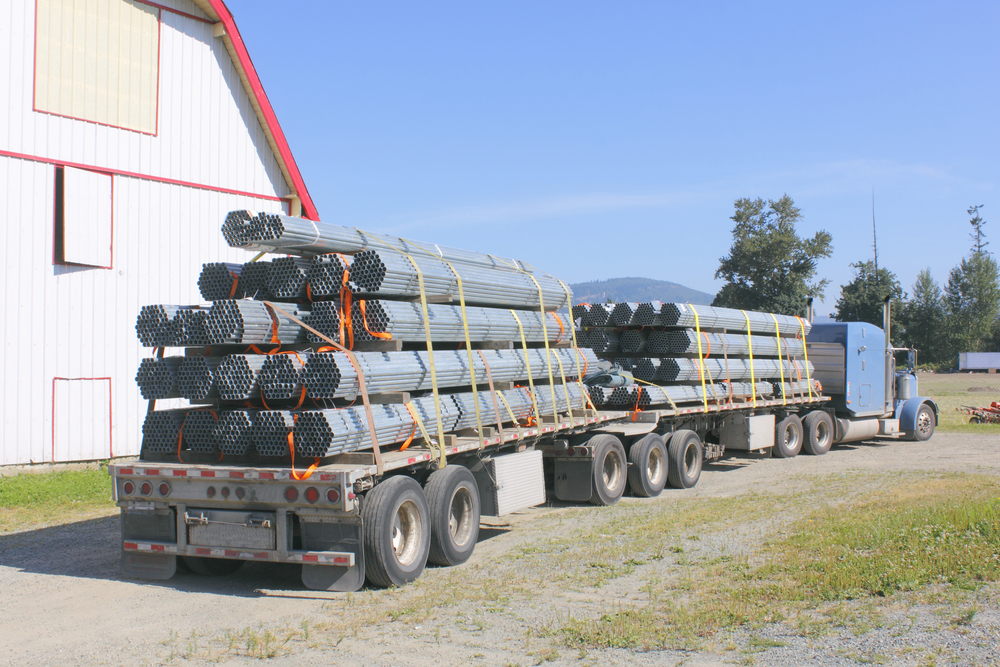
Look around the world, the economy, and just about every market and industry out there. You’ll see that the coronavirus pandemic has changed the world in virtually every way possible. The steel market is not exempt from this, with COVID-19 taking a significant toll on our industry.
Similarly, the transportation industry is yet another market hard-hit by the virus. That makes sense, as transportation relies on the state of other industries — steel being a key player among them. Steel demand is at a dismal low. According to ResearchandMarkets.com, global steel production dropped by 1.4% in the first 3 months of 2020.
According to Jim Meil, principal and industry analyst at Americas Commercial Transportation (ACT) Research Co LLC, other industries that rely on the transportation sector are similarly struggling.
“Motor vehicle activities have dropped to close to zero,” Meil says. “Certainly the lowest levels that we’ve seen in the post-World War II period.”
Meil goes on to say that construction activity and energy activity, such as oilfields and natural gas, have also decreased significantly. If you’re wondering how coronavirus has impacted the transportation of steel, keep reading.
Switching from rail to trucking
At the onset of the pandemic, there was a surge in trucking. This was likely due to the sudden demand for essential goods, as people prepared for lockdowns. As such, trucking rates went down.
By contrast, rail transport rates have remained steady. Due to inflation, rail pricing is cushioned from plummeting due to circumstances like this.
Todd Tranausky, vice president of rail and intermodal at transportation intelligence service provider FTR, expects to see a 1-2% increase in rail costs this year.
Because of these higher prices, the steel industry — much of which uses rail for transportation — may see a shift to trucking/freight for their transportation needs. The steel industry is facing much lower demand and will be looking for ways, like this one, to save money.
Risk of exposure for truckers
As the steel industry increasingly shifts to trucking over rail — a trend which will likely persist in years to come — we must consider the sanitary impact on truckers. Truck drivers are far more likely to be exposed to the virus than many other transportation workers.
Truckers travel all over the country, stopping at truck stops, refueling, picking up shipments, and making in-person deliveries. At all of these stops, the drivers risk contracting and spreading the virus. It’s the transportation industry’s responsibility to enforce best practices like glove and mask-wearing and frequent hand-washing.
Overseas shipping relies on China
As for overseas steel transportation, how the steel market will bounce back will rely heavily on China’s economic recovery. China is a huge player in steel imports, accounting for nearly 70% of seaborne iron ore.
China has shown a quick economic recovery following the first wave of the pandemic. Nonetheless, the question remains of whether they’ll be able to sustain that recovery, especially as other countries’ economies continue to struggle.











